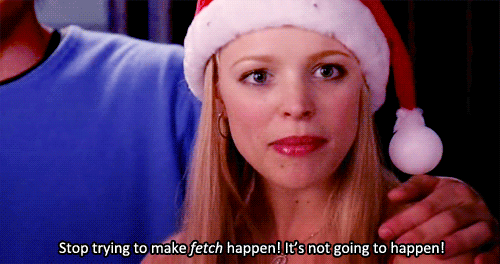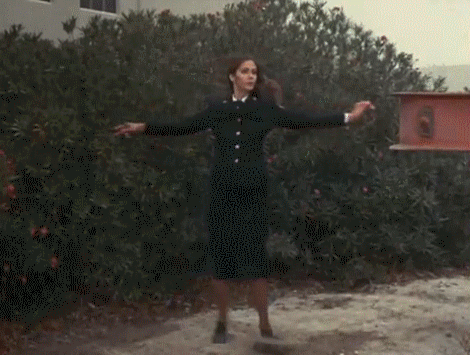Sign up for The Media Today, CJR’s daily newsletter.
First the Wall Street Journal profiled Gawker traffic powerhouse Neetzan Zimmerman. Then came the news that, thanks largely to social media, BuzzFeed had 130 million unique visitors in November (for some context, The New York Times boasts 31 million per month). And then Facebook announced it would be aiming to provide more news links in users’ main feeds–but less “clickbait,” it claimed.
Of all these odes to the power of “viral content” in the news this week, most have focused on the business benefits. Clickbait is a no-brainer marketing strategy in the age of social-media dominance–and therefore a revenue strategy. If its editorial impact is discussed at all, it’s usually in terms of whether or not viral content can alleviate the burden on journalists who produce stuff that isn’t as likely to be so popular. Some editors at the publications that have been most successful on social media–from sites like BuzzFeed and Gawker, which produce original journalism as well as repackage others’ work, to sites like Upworthy, which are 100-percent curated–claim that they value “shares,” not clicks. After all, for something to be considered viral it has to be passed along, not opened and promptly closed.
With this important distinction in mind, how does shareability fit into the way editorial decisions are made in the social-media-conscious newsroom? Is there a risk that the potential for social-media popularity could trump more traditional measures of newsworthiness? In the pre-digital era, we knew readers really liked the comics, but they were never published on A1. These days, with every media outlet hungry to replicate BuzzFeed’s growth, it can seem like successful sites are simply replacing front-page news with Garfield. The reality is more nuanced. Just because more outlets are getting good at putting what readers want front-and-center doesn’t mean they aren’t also producing quality news, something readers also want.
Here are three rules of thumb for creating shareable stuff readers love without sacrificing other editorial values.
–No empty teases. The Upworthy-style link, which has been roundly mocked and usually ends with a phrase like, “You won’t believe what happened next,” has more in common with a TV teaser than a newspaper headline. And as long as they deliver the goods, it’s probably not a bad thing for outlets to experiment with more conversational titles and links, taking their cues from broadcast media rather than print. But beware of taking the hyper-emotional headline too far. “There’s so much more viral content being launched and so much more competition to one-up the last viral headline that the emotional pitch of the news feed has been cranked to 11,” writes Ezra Klein at the Washington Post. “And the easiest answer, for individuals, is often to just hit ‘like’ and move on.” In other words, when it’s all bait, there’s no click.

–Change the format, not the content. Sometimes the inverted pyramid is the best way to tell a story. And sometimes a few bullet points and animated GIFs can really get the point across. (Are you really surprised I’m advocating for this?) When readers already know the five most important facts from skimming through social media, sometimes it’s to their benefit to present quirky details first, or to play with the structure in other ways. “One thing our news team thinks about is different ways to get into a complicated story so that we can engage the reader who might not want to read the five-graf piece,” says Shani O. Hilton, deputy editor in chief of BuzzFeed. The site’s frequent use of lists and animated GIFs has been derided by some journalists as dumbing-down the news, but BuzzFeed’s growth shows that readers are interested in consuming information this way. And it’s not just jokes about cute animals or “reasons cake makes everything better.” Sometimes it’s news about student debt or trenchant commentary about race.

–“Newsy” and “viral” go hand-in-hand. When there’s a big story that nearly everyone is talking about, hunting for an under-explored angle or a fresh source on a major story is just good journalism. Obviously. And using the headline, link, and tweet to highlight the fact that you found that source or angle is just plain smart. It signals to readers that even though they may have already clicked through six articles about the Metro-North train derailing, yours should be the seventh because they haven’t yet heard the perspective of a survivor of a similar crash several years ago.

While it’s been great to see all sorts of media embrace the value of shareability, it’s worth pointing out that this isn’t just the concern of a marketing team, the business department, or a single blogger tasked with being the traffic workhorse. It’s an invitation to tweak the style of how major stories are reported and information is presented–without losing any of the substance.
Has America ever needed a media defender more than now? Help us by joining CJR today.


